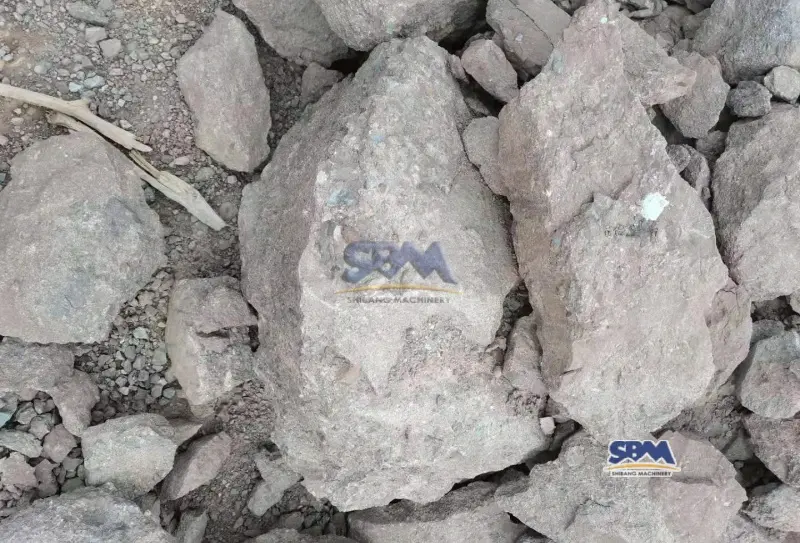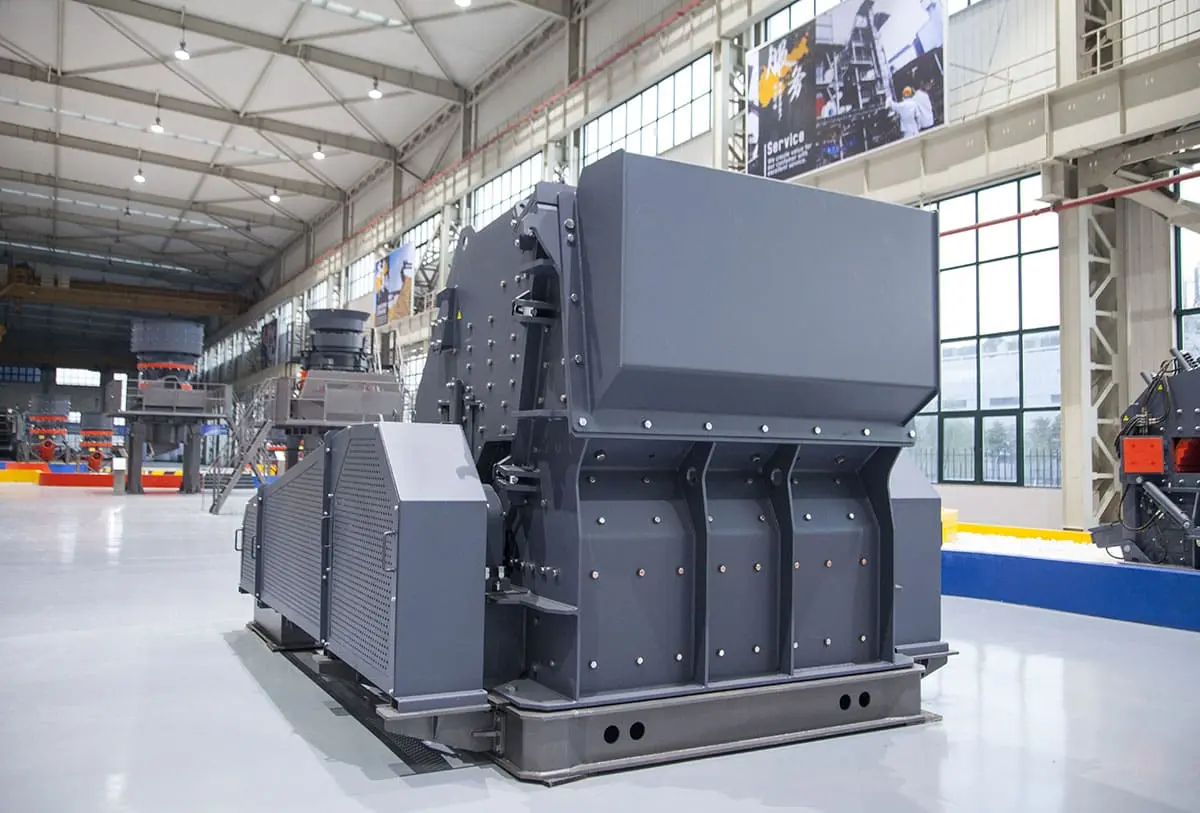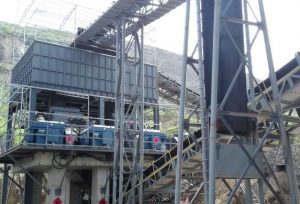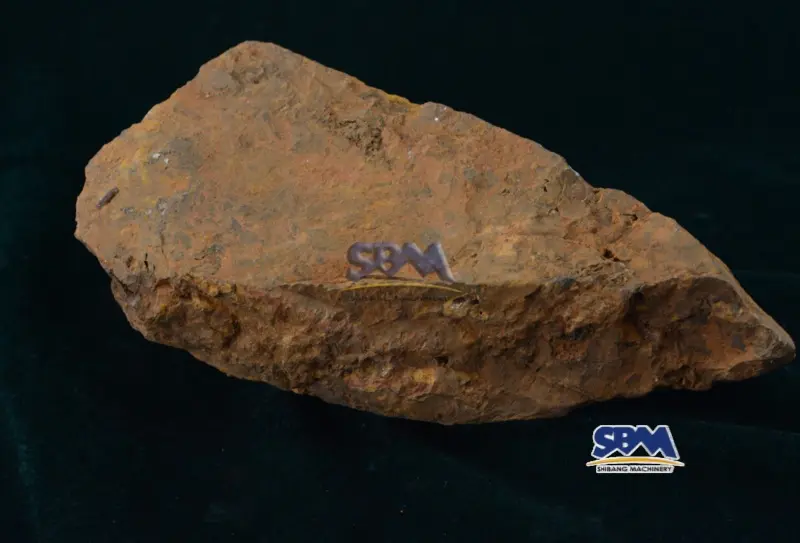ईमेल: [email protected]
गाळाचे खडक
मुख्यपृष्ठ » धातू » गाळाचे खडक
मुख्य सामग्री
Let’s cut the fluff. After 30 years building crushers for operations from Arizona limestone quarries to Australian iron ore basins, I’ll tell you what प्रत्यक्षात works when processing sedimentary rocks. These stratified layers will test your equipment – and your patience.

What Are Sedimentary Rocks?
Sedimentary rocks are basically sand, घाण, or broken rock pieces that pile up and get hard over time. Wind, water, or ice move these bits to new places where they settle. After getting squeezed for ages – with minerals in water sticking everything together like glue – they turn into solid rock. These rocks cover about three-quarters of Earth’s surface (the ground under your feet!), but make up only a small part of the planet’s deep crust.
हे चित्र: You’re at a Texas quarry. Those striped layers of sandstone and shale? Ancient rivers dropped mud and sand there layer by layer over millions of years. Now your crusher faces sandstone that needs heavy crushing right next to shale that falls apart easily.
The problem? Nothing stays the same. Unlike tough volcanic rocks, sedimentary layers change every 50 feet. Last Tuesday, our jaw crusher handled perfect limestone. By Thursday? अ thick clay patch turned the machine into a sticky mess.
The Sedimentary Lineup: Know Your Enemy
| Rock Type | Formation Process | Typical Quarry Depth | Moisture Trap? |
|---|---|---|---|
| वाळूचा खडक | Cemented sand dunes | 50-300 ft | कमी |
| चुनखडी | Compressed sea fossils | Surface-500 ft | मध्यम |
| शेल | Compacted lake mud | 100-1000 ft | उच्च |
| Conglomerate | Cemented pebbles | Surface-200 ft | Variable |
Real-talk observation: Shale’s layered structure acts like a moisture sponge. We’ve seen throughput drop 40% during rainy seasons at West ia coal operations.
The Dirty Secrets of Sedimentary Rocks Processing
समस्या 1: ओलावा धोका
Limestone from Florida’s Lake Belt? It’ll hold 8% moisture even on sunny days. परिणाम?
- Material balls up in cone crushers
- Screens blind prematurely
- Conveyor skirts get caked
Our fix: Installpre-screen vibrators सह 7-9 G-force. Costs $22,000? होय. But it beats $18,000/week in downtime cleaning screens.
समस्या 2: Abrasion Roulette
Sandstone wears equipment 5x faster than granite. I’ve seen:
- Hammer crusher tips last 12 hours in Arizona quartzite
- Screen panels erode unevenly from sand streams
उपाय: Directional liners in impact crushers. Angled plates create rock-on-rock collisions instead of metal-on-rock. Wear rates drop 60%.
How to Crush Stratified Rocks?
प्राथमिक क्रशिंग: Where Dreams Go to Die (If You’re Unprepared)
जबडा क्रशर? Sure – if you spec them right. For limestone quarries like Alabama’s Vulcan sites, we use SBM’s C6X Series सह:
- 450-1,500 rpm eccentric speed
- Wedge-release system for tramp iron
- 20% thicker cheek plates than competitors
Why this matters: Last spring, a Kentucky plant using generic jaws replaced liners every 120 तास. After switching to C6X withAR400 alloy plates, they now get 380+ hours between changes. That’s real money.
दुय्यम क्रशिंग: The Make-or-Break Stage
Here’s where cone crushers shine… or choke. For sandstone with high silica content:
// Typical Wear Parts Consumption +--------------------+---------------+----------------+ | घटक | Standard Cone | SBM HPT Cone | +--------------------+---------------+----------------+ | आवरण (tons/hr) | 0.8 किलो | 0.3 किलो | | अवतल (tons/hr) | 1.1 किलो | 0.4 किलो | | Dust Seal Life | 400 तास | 1,200 तास | +--------------------+---------------+----------------+
Field note: द एचपीटी’s hydraulic dual-gap adjustment prevents “flaky shale syndrome” – where under-crushed layers jam conveyors. Ask me how many conveyor belts we’ve replaced thanks to that…
How To Select The Stratified Rocks Crusher?
Don’t trust lab tests alone. Sedimentary rocks behave differently at scale.
आव्हान: परिवर्तनीय कडकपणा (80-180 एमपीए) + high clay content
Failed Setup: Single-stage impact crusher → plugged weekly
Winning Combo:
text
1. प्राथमिक: SBM C6X Series Jaw
- 75 एमएम सीएसएस
- Hydraulic toggle adjustment
2. दुय्यम: HST Single Cylinder Cone
- 22 एमएम सीएसएस
- Air-cooled dust seal
3. तृतीयक: Vsi6x वाळू निर्माता
- Rock shelf design
- PLC-controlled throughput
परिणाम: 28% less power consumption, 0 unplanned stops in 6 महिने.
How to maintain crushing equipment?
Sedimentary rock plants eat equipment. Here’s our survival kit:
Daily Rituals
- Liners: Tap cheek plates with a hammer. Hollow sound = 70% worn.
- बेअरिंग्ज: Use infrared thermometers. 160°F+ = trouble brewing.
- Belts: Check alignment with laser. 3mm misalignment = 30% shorter life.
द $2,000 Life-Saver: Installvibration sensors on crusher bases. When Pennsylvania shale starts vibrating at 12 मिमी/से (up from 4 मिमी/से), you’ve got 48 hours before bearing failure.



